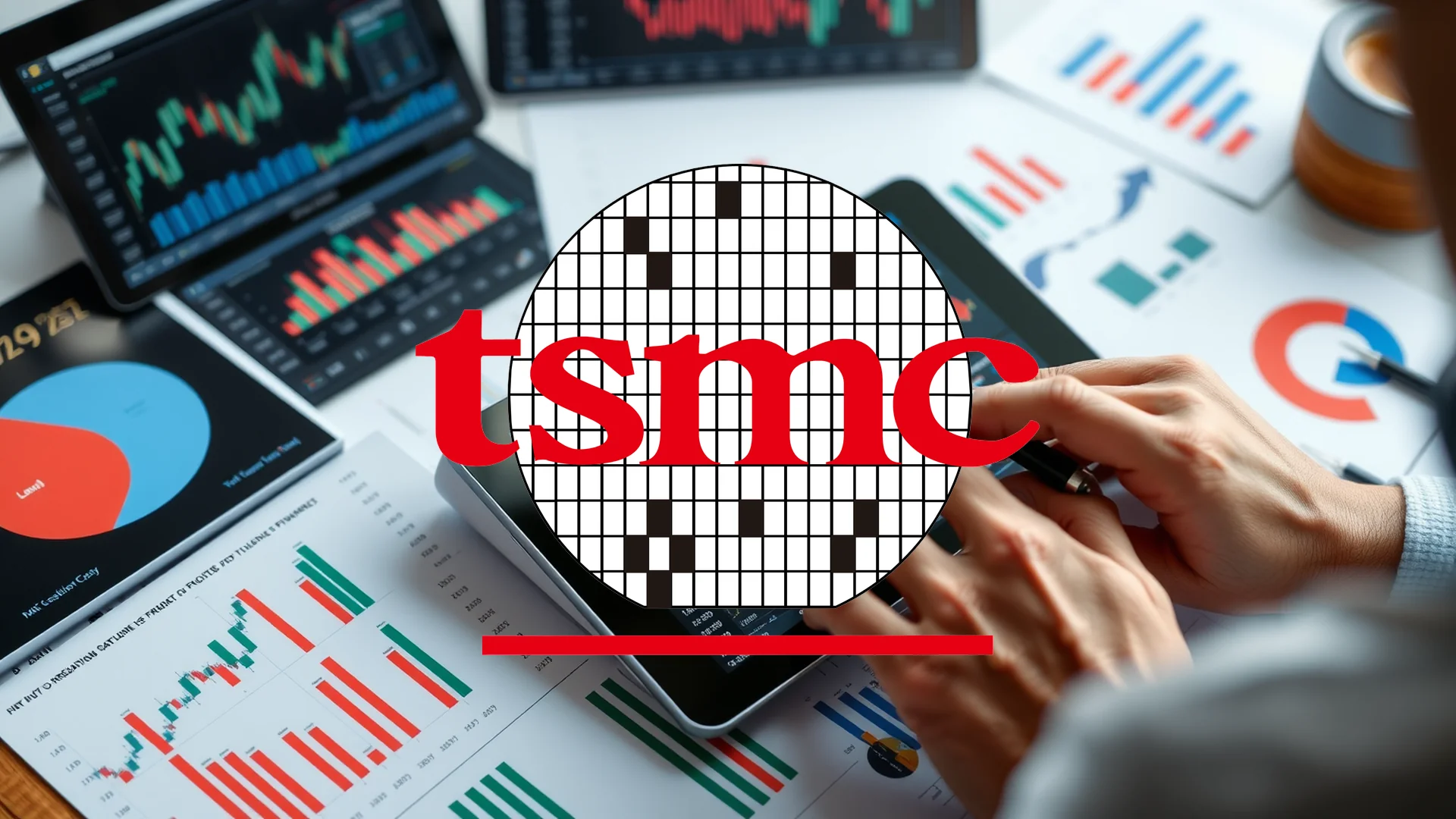Former President Donald Trump’s threat of imposing sweeping tariffs on Chinese goods sent shockwaves through financial markets on Friday, with Amazon shares experiencing one of the most significant declines. The e-commerce behemoth saw its market valuation plummet as investors reacted to the potential renewal of trade tensions between the world’s two largest economies.
Market Reaction to Trade Policy Announcement
Financial markets reeled after Trump’s social media declaration that he would implement 100% tariffs on Chinese imports starting November 1. The announcement triggered widespread selling, particularly affecting technology stocks. The Nasdaq Composite, heavily weighted with tech companies, dropped 3.6%, while the S&P 500 index declined 2.7% during the session.
Amazon bore the brunt of this market downturn, with its shares falling nearly five percent. This sharp decline erased approximately $121 billion from the company’s market capitalization, reflecting investor concerns about how renewed trade tensions could impact the retail and technology sectors simultaneously.
Dual Vulnerability in Trade Conflicts
Amazon’s unique position as both a technology leader and the world’s largest online retailer creates a double exposure to trade policy changes. The company’s extensive integration within global supply chains makes it particularly susceptible to disruptions in U.S.-China trade relations.
Countless third-party sellers on Amazon’s marketplace manufacture their products in China, as do many of Amazon’s own branded items. The prospect of substantial new tariffs presents the corporation with a difficult choice: absorb the additional costs and watch profit margins shrink, or pass the expenses to consumers already showing signs of spending fatigue.
Should investors sell immediately? Or is it worth buying Amazon?
Consumer Sentiment Compounds Challenges
The trade war concerns emerge against a backdrop of weakening consumer confidence. Friday’s release of the University of Michigan’s Consumer Sentiment Index registered a concerning 55.0 points, indicating persistent consumer anxiety about elevated prices and a softening labor market.
Current economic indicators already suggest a slowdown in retail sales during September, raising alarms about the crucial holiday shopping season ahead. The combination of potential supply chain cost increases and hesitant consumer spending creates what market observers describe as a perfect storm for online retail.
Looking Ahead: Earnings and Analyst Perspectives
Market attention now turns to Amazon’s upcoming third-quarter 2025 financial results, which will provide critical insight into the resilience of both its e-commerce operations and Amazon Web Services cloud computing division.
Despite the recent market turbulence, most Wall Street analysts maintain a positive long-term outlook on Amazon. They point to the company’s dominant positions in cloud computing and artificial intelligence as foundational strengths that could help weather potential trade-related challenges.
Ad
Amazon Stock: Buy or Sell?! New Amazon Analysis from November 28 delivers the answer:
The latest Amazon figures speak for themselves: Urgent action needed for Amazon investors. Is it worth buying or should you sell? Find out what to do now in the current free analysis from November 28.
Amazon: Buy or sell? Read more here...











